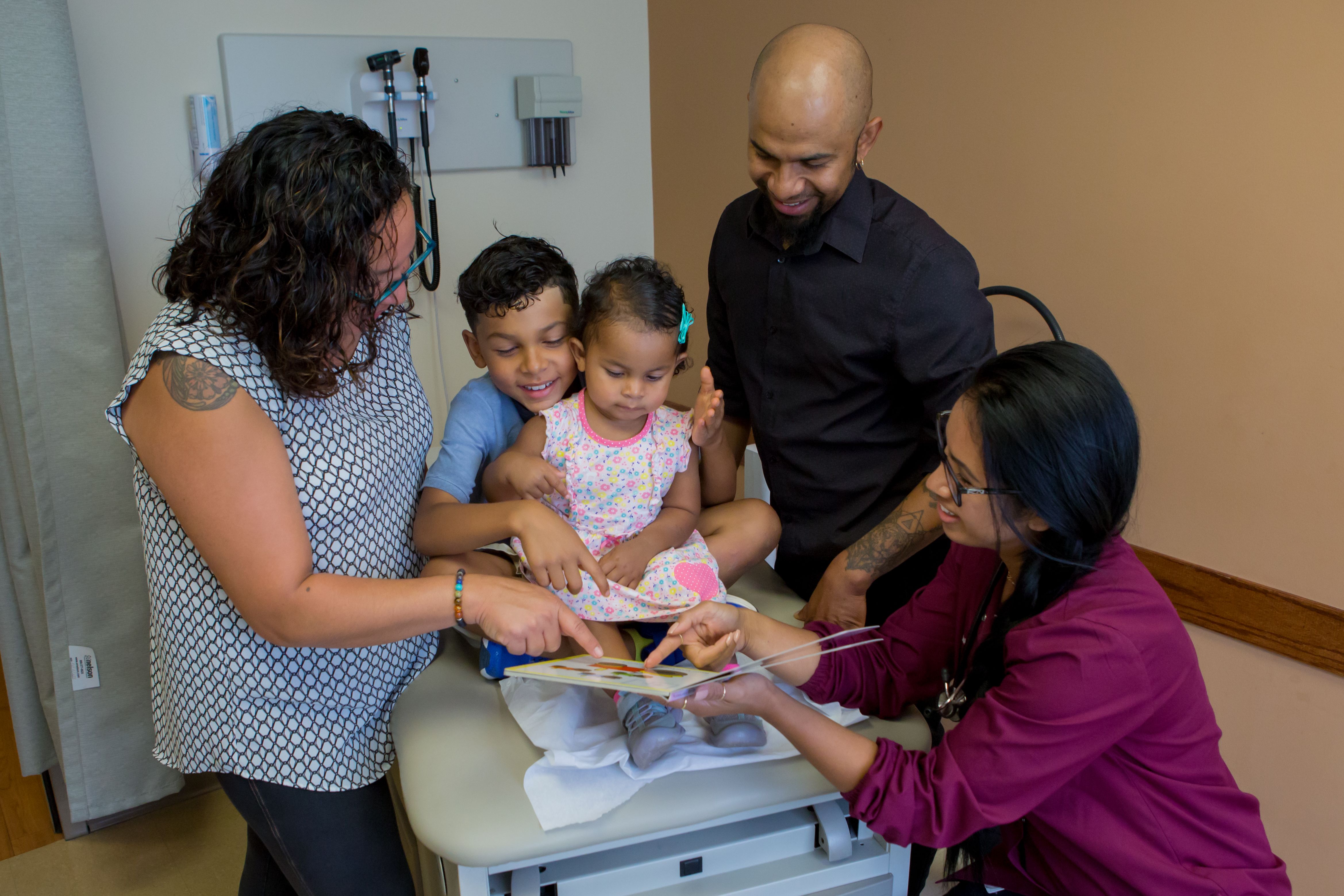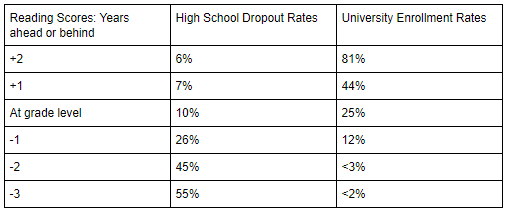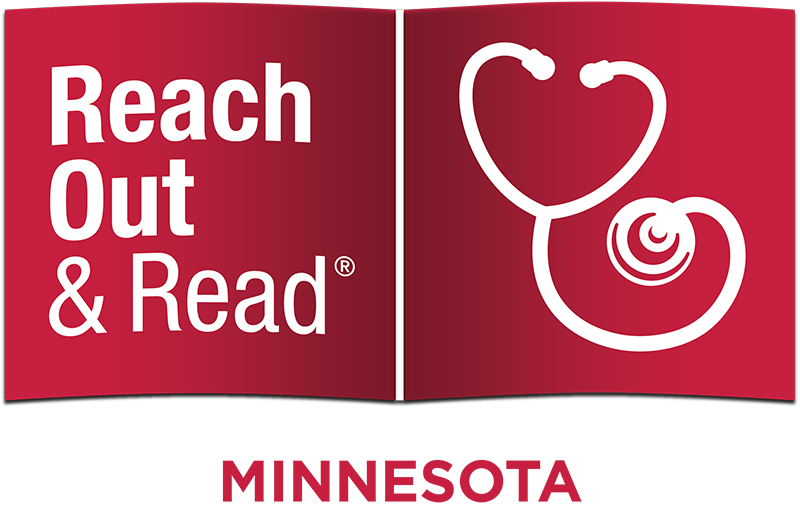How do we make sure every child is ready for kindergarten and beyond?

It likely wouldn’t surprise most Minnesotans to learn that we have one of the top 10 ranked education systems in the country. In fact, for most of us Minnesotans that have spent much time on social media or watching local news stations over the past few years, we are fairly used to seeing a deluge of statistics lauding Minnesota’s exceptional qualities: in 2015 Minneapolis was named the most literate city in the country (St. Paul came close behind in 4th) and recently Minnesota was ranked as the 2nd most educated state in the country.
And it’s true: Minnesota clearly has a lot to be proud of. However, beneath many of these shining statistics, there is another less flattering story to be told. Upon closer look, much of what we consider to be exceptional in this state can sometimes also be pretty exclusionary.
While Minnesota may be ranked 6th overall in education quality, unfortunately that quality doesn’t always reach all Minnesotan children, especially not for children of color or children from lower income levels. In fact, in 2018 Minnesota ranked 46th in graduation rates for Native students and last in the country for Hispanic and black students. This holds true for academic performance earlier on as well. As of 2018, nearly 70% of higher income 8th grade students met their math standards, while only 30% of lower income students did the same. Similarly, among third graders, only 37% of low income students and just over 30% of black, Native, and Hispanic students met their reading standards. This all-too-common trend is commonly referred to as the “achievement gap”, meaning students of color and students from lower income backgrounds consistently do not score as high on standardized testing. More recently however, many have referred to the trend instead as the “opportunity gap”--- it’s not that these students aren’t capable of achieving success; they just aren’t given the tools and opportunities to do so.
So where does this inequality stem from and what can we do about it?
Mounting evidence shows that the best time to make a lasting impact on a child’s life is at the very beginning. And this makes sense when considering that 90% of a child’s brain is developed by the time they turn five! More than any other time in life, the first five years is when the brain is most receptive to learning.
This means that much of a child’s capacity to learn is already determined before they even enter kindergarten. In fact, much can be predicted by looking at their literacy skills when they enter kindergarten. Looking at the data from the Reading Foundation provided below, we can see that children who start kindergarten behind on their reading have significantly higher dropout rates and far lower university enrollment rates. 75% of students who start behind never catch up to their classmates.

We know that inequality takes root at the earliest years of a child’s life. Studies have repeatedly shown that children from low-income homes are exposed to far fewer words in their day to day lives, have fewer books in their homes, and are less likely to be read to.
However, children of any economic status can succeed when given they are given the tools they need and when their families are well equipped to help them. In fact, our favorite activity here at Reach Out and Read MN, sharing a book with a child, has been proven to be both a key factor in developing a child’s ability to learn, and an effective way to mitigate the adverse emotional effects of living in poverty. Sharing a book with a loved one can give children the socio-emotional skills they need to survive and thrive in difficult circumstances. Additionally, children who are read to and who talk about books with their families end up doing better in all school subjects later on in high school and beyond-- even in subjects like math!
So while a picture book may seem simple when considering the enormity of the opportunity gap and inequality in Minnesota, we also know that it is the single best tool we have to set all of the children in our state on the track to success.
Because we work with pediatric care providers, Reach Out and Read MN is in a unique position to make an impact on tens of thousands of Minnesotan children before they enter kindergarten. Our doctors and nurses not only provide books for young children across the state during their regular visits, but they also have meaningful conversations with families about the importance of reading to children and tips to help them get the most out of it. And we know it works: families who participate in our program are two and a half times more likely to read to their children and children’s language development typically improves by 3-6 months. The difference this makes by the time they enter kindergarten is huge!
So, as loved ones in your life are returning to school this year, we encourage you to also consider our youngest learners across the state. With your support, we can give more children in Minnesota the foundational skills they need to succeed in kindergarten and beyond. Please consider supporting our Back to School Drive this year.
Remember, fighting inequality starting at birth does take time, but it’s also the moment we can have the greatest impact!
- Liam Mackin, Communications Associate Reach Out and Read Minnesota
8/21/19
Interested in learning more about the opportunity gap, kindergarten readiness, and early literacy?
Check out the reference list below:
Amazing MN by Lee Lynch (Minnesota's exceptional statistics)
How Reading and Writing Boost More than just Literacy - University of Washington News
Education Test Scores by Demographic - MN Compass
Graduation Gap Soars - MPR News
Achievement Gaps Won't Close - Pioneer Press
Predicting and Preventing Student Failure - Reading Foundation

